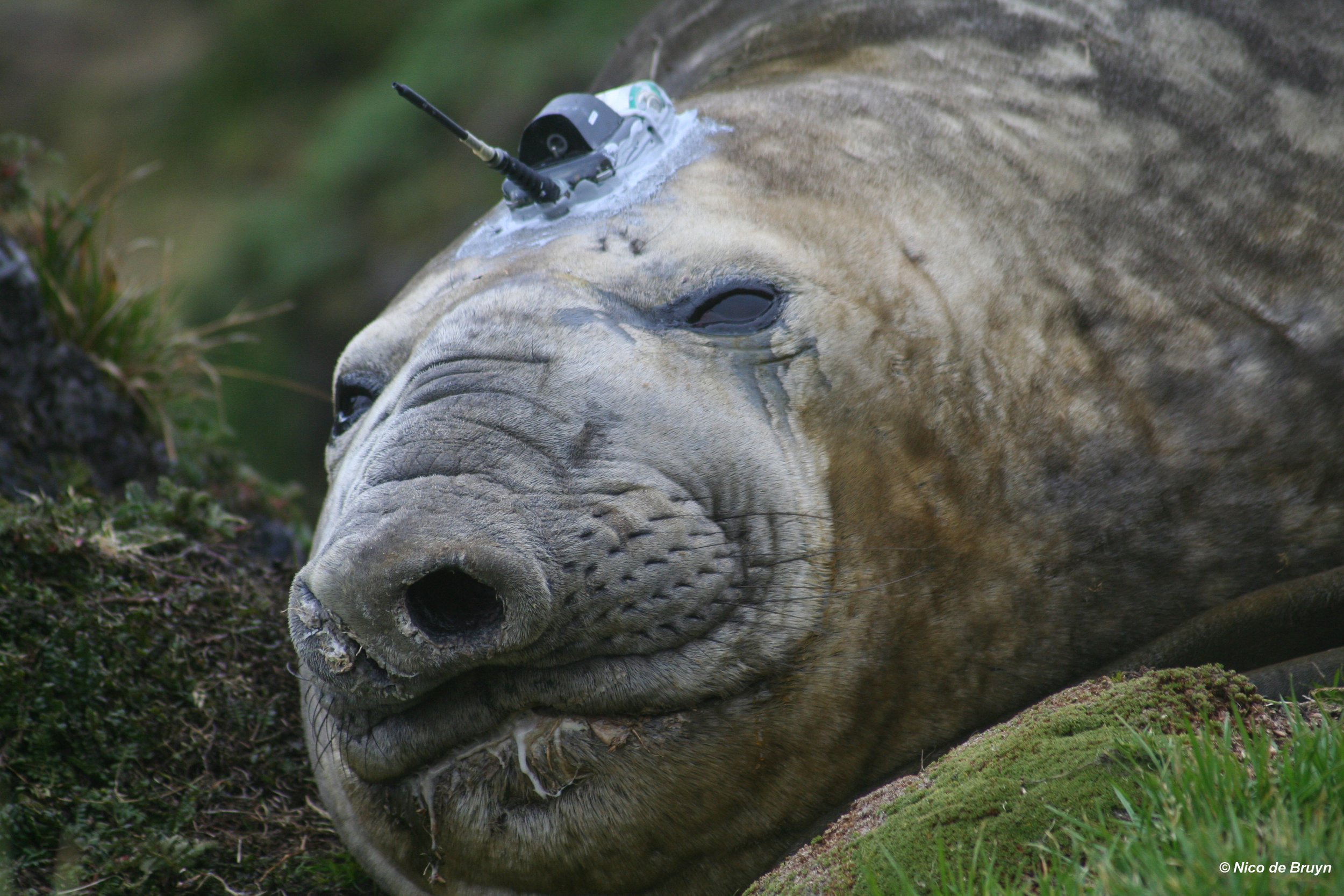New paper reveals a widespread historical killer whale population bottleneck
/MSc student Charlene Janse van Rensburg, principal investigator Nico de Bruyn and our collaborator Rus Hoelzel are among the authors of a new study examing the historical population structure of killer whales worldwide:
Killer whale nuclear genome and mtDNA reveal widespread population bottleneck during the last glacial maximum
Moura AE, Janse van Rensburg C, Pilot M, Tehrani A, Best PB, Thornton M, Plön S, de Bruyn PJN, Worley KC, Gibbs RA, Dahlheim ME, Hoelzel AR
Molecular Biology and Evolution 31(5): 1121-1131
DOI: 10.1093/molbev/msu058
Joseph Caspermeyer, of the journal's press office wrote:
"In the ocean, the killer whale rules as a top predator, feeding on everything from seals to sharks. Being at the apex of the food chain, killer whales’ geographic distribution and population size can also serve as a sentinel species regarding past and future ocean ecosystems and environmental change.
In a recent study in Molecular Biology and Evolution, Moura et al. (2014) assembled 2.23 Gb of northern hemisphere killer whale genomic data and mitochondrial DNA from 616 samples worldwide. Would the data analysis reveal patterns of past climate change that may have impacted food availability? Also, what happened to the diversity of killer whales over time during the last great ice age?
From this data set, the authors used an evolutionary coalescent model to conclude that killer whales were stable in population size during most of the Pleistocene (2.5 million–11,000 years ago) followed by a rapid decline and bottleneck during the last great period of ice age (110,000–12,000 years ago). Although most populations declined, a population off of southern Africa remained stable. Consistent with the population bottleneck, they also showed low genetic diversity, with the exception of a refuge population off the coast of South Africa.
“Our data supports the idea of a population bottleneck affecting killer whales over a wide geographic range and leading to the loss of diversity,” said Moura et al. (2014). “The South African population stands out as an exception, which may be due to local conditions that were productive and stable over the last million years or so.”
Thus, the recent ice age may have been detrimental to the ocean’s top predator and significantly affected diversity among living populations."
From doi: 10.1093/molbev/msu066

















